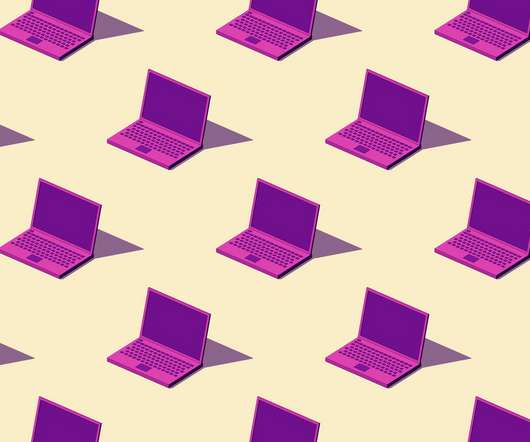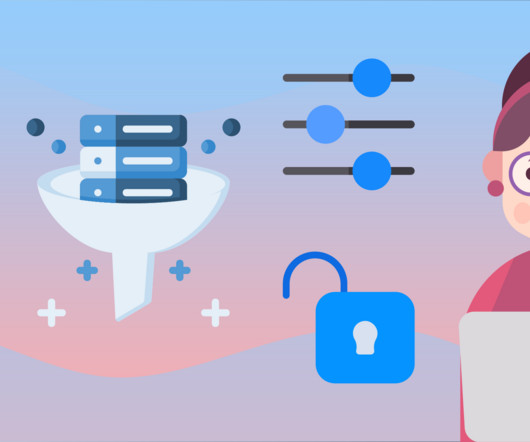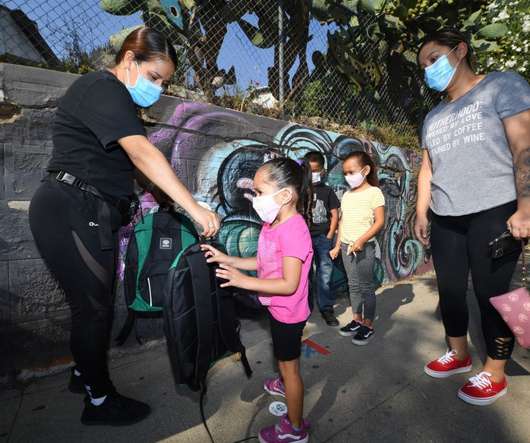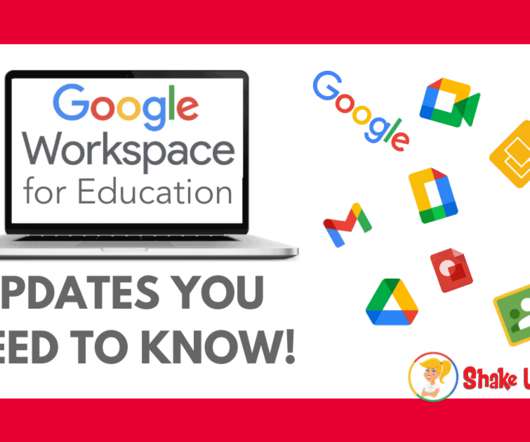Possible ‘Fraud, Theft, Waste, and Abuse’: Report Questions NYC School Broadband Spending
Edsurge
MAY 22, 2017
Gamino, New York City’s Chief Technology Officer, in an interview with EdSurge earlier this month, noting his office’s desire to close the “homework gap” caused by lack of broadband connection in homes. And about 62 percent said they were not aware of tools created to help them manage their internet use and request bandwidth upgrades.




































Let's personalize your content